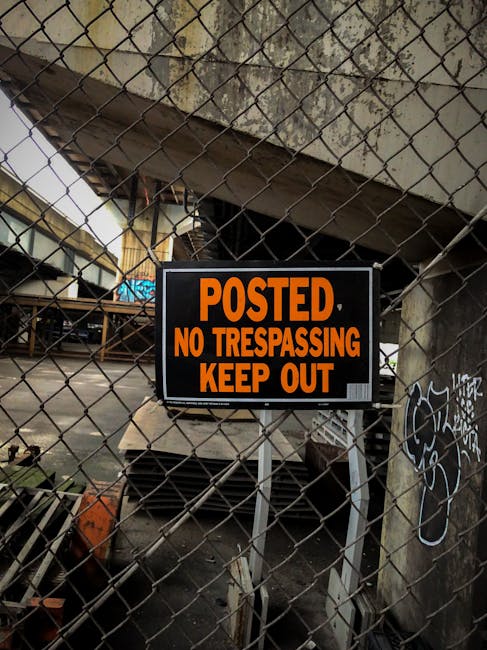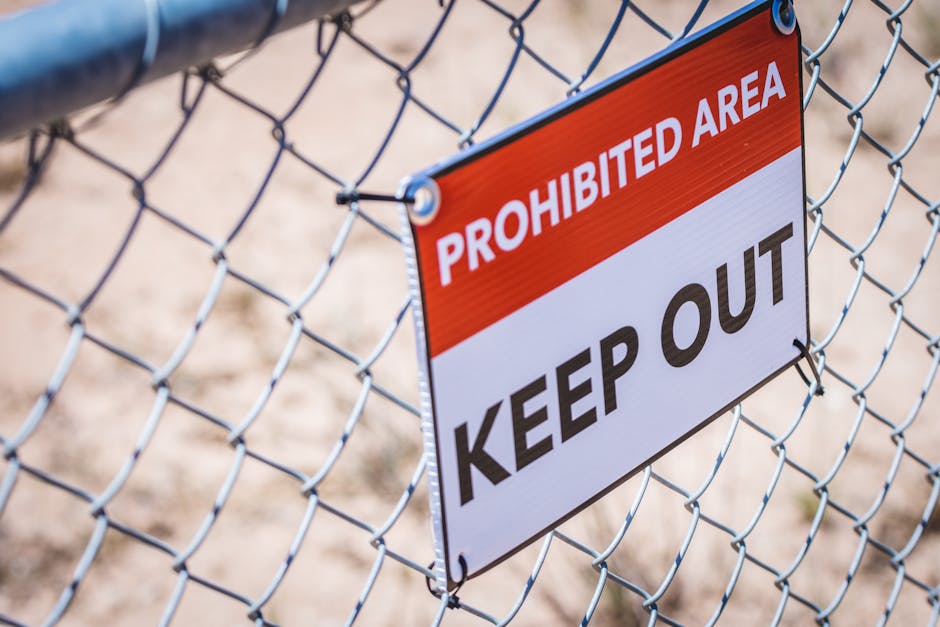Twitter/X External Links Don’t Open: URL Shorteners, UTM, and Bypassing Security Warnings 🚨
Have you ever clicked a link on Twitter (now X) only to be greeted by a frustrating security warning or a blank page? 😤 You’re not alone! Many users face issues with external links not opening properly—whether due to URL shorteners, UTM parameters, or overzealous security filters.
In this post, we’ll dive deep into why this happens, how it affects your browsing experience, and most importantly—how to bypass these annoyances safely. Let’s get started! 🚀
Why Twitter/X Blocks External Links: The Security Dilemma 🔒
Twitter/X has always walked a tightrope between user convenience and security. On one hand, they want to make sharing links easy. On the other, they need to protect users from malicious sites. This balancing act leads to some frustrating experiences for legitimate users.
According to Twitter’s safety documentation, the platform uses automated systems to detect and block potentially harmful links. While this catches many dangerous sites, it sometimes flags perfectly safe links too.
Common Reasons Links Get Blocked:
- URL shorteners (bit.ly, t.co, etc.) masking the final destination
- UTM parameters used for tracking in marketing links
- Sites with newly registered domains
- Links that resemble known phishing patterns

URL Shorteners: Convenience vs. Security ⚖️
Remember when everyone used bit.ly links to save characters in tweets? Those days are long gone! While URL shorteners are convenient, they create a perfect hiding spot for malicious actors. Here’s why Twitter/X is wary of them:

Shortened: bit.ly/xyz123
User sees: bit.ly/xyz123
Actual destination: ???? (Could be anything!)
I learned this the hard way when my own newsletter link (using a branded shortener) got flagged. After switching to the full URL, the problem disappeared! ✨
Popular Shorteners and Their Status on Twitter/X:
| Shortener | Works on Twitter/X? | Notes |
|---|---|---|
| t.co (Twitter’s own) | ✅ Always | Automatically applied to all links in tweets |
| bit.ly | ⚠️ Sometimes | Often flagged if newly created |
| goo.gl | ❌ Rarely | Google discontinued this service |
| Rebrandly | ⚠️ Depends | Branded links work better than generic |
UTM Parameters: The Hidden Link Killers 🕵️♂️
As a marketer, I used to add UTM parameters to every link to track campaign performance. Then I noticed my tweets with these links had significantly lower click-through rates. Why? Because Twitter/X often blocks them!
Example of a UTM-heavy link that might get blocked:
According to Hootsuite’s guide, while UTMs are great for analytics, they can make URLs look suspicious to automated filters. The solution? Either:
- Use Twitter’s built-in analytics instead
- Shorten the UTM parameters to minimal length
- Use a link management tool that hides UTMs

Bypassing Security Warnings: The Right (and Wrong) Ways 🛡️
When faced with a “This link may be unsafe” warning, your first instinct might be to find a workaround. But be careful—some methods can get your account flagged!
Safe Methods:
- Use the full URL: Instead of shorteners, paste the complete link
- Pre-approve your domain: Twitter offers domain verification for businesses
- Try alternative text: Sometimes changing the link text helps
Risky Methods (Avoid These!):
- Using redirect chains to hide the final URL
- Replacing characters (like .com → dot com)
- Posting links in images instead of text
“The safest approach is always transparency. If a link looks suspicious even to you, maybe it shouldn’t be shared at all.” — Twitter Safety Team

When All Else Fails: Alternative Sharing Methods 🔄
If you’re consistently having issues with a particular link, consider these alternatives:
2. Use Twitter’s Direct Messages for sensitive links
3. Create a pinned post on your profile with the link
4. Use a link-in-bio service like Linktree
I’ve found that combining methods works best. For my recent ebook launch, I shared the full URL in a tweet thread and used a Linktree in my bio. Result? No blocked links and great engagement! 🎉


The Future of Links on Twitter/X: What to Expect 🔮
With Elon Musk’s acquisition of Twitter, the platform’s approach to links is evolving. Some notable changes:
- More aggressive spam filtering (sometimes too aggressive)
- Potential subscription-based whitelisting for domains
- Integration with other Musk ventures (like x.com)

While these changes aim to improve security, they may cause temporary disruptions. The best strategy is to stay flexible and have backup plans for important links.
Final Thoughts: Sharing Safely in a Paranoid World 🌐
Navigating Twitter/X’s link restrictions can feel like playing digital whack-a-mole. Just when you think you’ve got it figured out, a new warning pops up! But understanding why these measures exist helps us work with them rather than against them.
Remember:
- Transparency beats trickery every time
- Test your links before important campaigns
- Have multiple sharing methods ready
- When in doubt, check Twitter’s official help pages
Have you encountered link blocking issues on Twitter/X? Share your experiences and solutions in the comments below! Let’s help each other navigate this ever-changing landscape. 👇
Featured image credit: Twitter/X interface screenshot showing link warning message.

